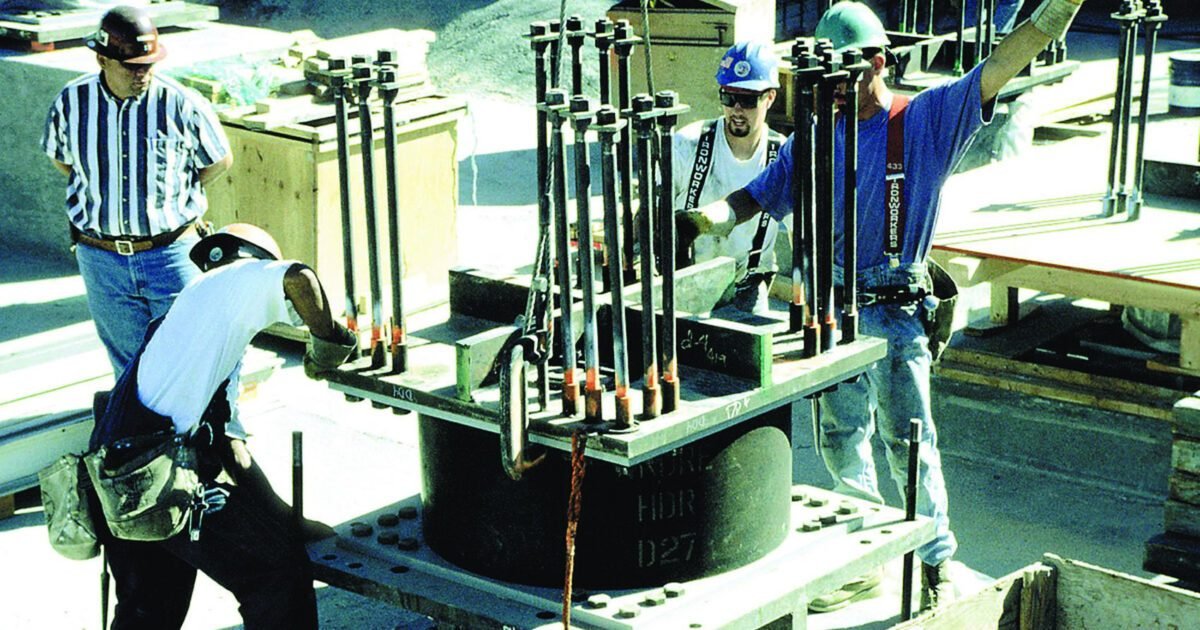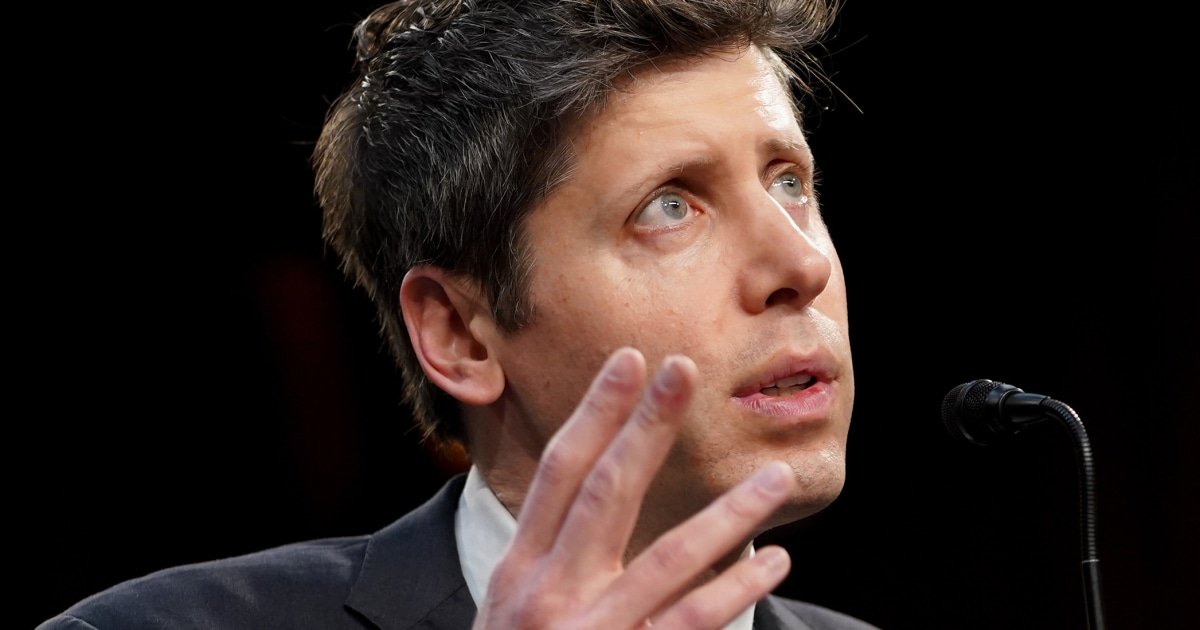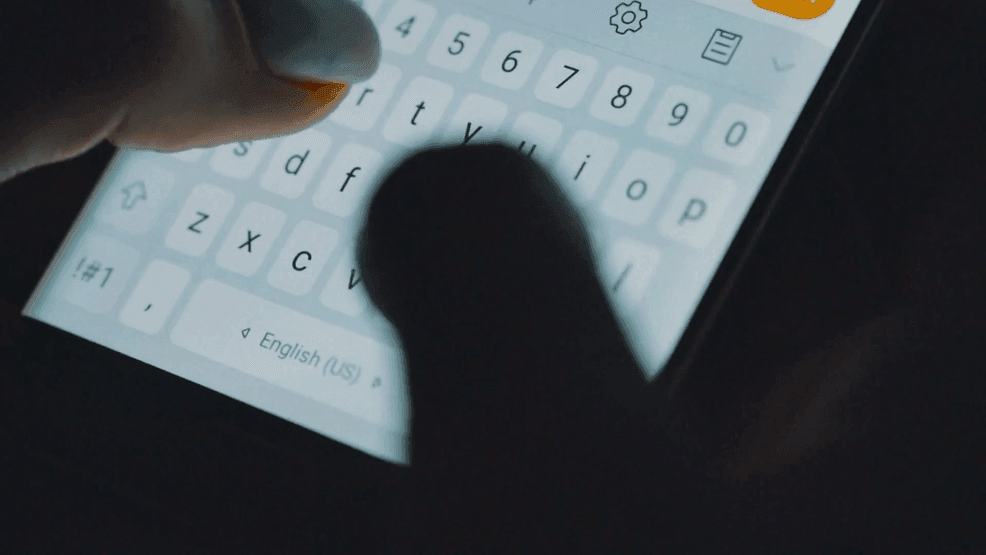AI Insights
Protect the dignity of workers as use of artificial intelligence increases, archbishop says in Labor Day statement

As the use of artificial intelligence (AI) increases in the workplace, we must “advocate for the responsible use of technology, robust protection for those vulnerable to exploitation,” said Archbishop Borys Gudziak in a statement for Labor Day (Sept. 1). Archbishop Gudziak echoed Pope Leo XIV’s encouragement for the Church to turn to its social teaching in response to AI.
“My brother bishops and I are particularly mindful those among us who are already vulnerable—immigrant workers, farm laborers, low-wage earners, and young people—who often suffer the greatest effects of economic disruptions. Catholics should insist that the benefits of emerging technology are shared equitably.”
Archbishop Gudziak of the Ukrainian Catholic Archeparchy of Philadelphia is chairman of the U.S. Conference of Catholic Bishops’ (USCCB) Committee on Domestic Justice and Human Development.
Here is the complete Labor Day Statement:
Labor Day Statement: Promoting The Dignity of Workers in the Rise of AI
Each Labor Day, Americans reflect on the sacred dignity of work and those who perform it. All are seeing the rise of artificial intelligence in our lives – at home and at work. People wonder what impact AI will have on their jobs or those of loved ones. While technological advances offer great promises, as followers of Christ, we believe that technology should enrich the sacredness and dignity of human labor.
From the beginning, Scripture tells us that God placed humans in the garden to “cultivate and care for it” (Genesis 2:15). Ever since, work has been a form of continued participation in God’s creation. AI can be a tool to enhance our work, making it more efficient and creative. To offer one example from healthcare, AI could very well aid in the important development of vaccines, medicines, and even the diagnosis of disease. Yet this should never happen at the expense of human dignity. In patient care, there is a risk that AI could attempt to replace human compassion, or supplant human expertise in medical evaluation. . In many industries, a number of workers could lose their jobs, impacting families and communities. Such scenarios will need to be carefully considered in virtually every sector of the economy.
Pope Leo XIV has underscored this priority. He has encouraged people to approach AI with “responsibility and discernment,” ensuring it serves the common good and benefits all people. History warns us of the consequences when rapid technological advances are used without ethical discernment. In Rerum Novarum, Pope Leo XIII cautioned that the Industrial Revolution led to a troubling gap in wealth and power, deepening inequality and fueling social instability. Today, as we experience an “AI revolution,” we must learn from the past. Indeed, this is one of the very reasons our Holy Father chose the name Leo XIV.
In many industries, current approaches to AI are already reshaping the world of work. The Holy See’s document on AI, Antiqua et Nova, highlights two threats AI poses to the dignity of labor. First, AI can “deskill” workers, reducing them to rigid and repetitive tasks and eroding their ability to carry out creative or complex work independently. Second, AI can displace workers altogether. These risks touch every level of employment—from customer service workers and young people seeking entry-level jobs to knowledge-based professionals in white-collar roles. Given AI’s potential to transform entire sectors of the economy, now is the time for deeper dialogue between workers and decision makers to discern common causes and shared solutions.
My brother bishops and I are particularly mindful those among us who are already vulnerable—immigrant workers, farm laborers, low-wage earners, and young people—who often suffer the greatest effects of economic disruptions. Catholics should insist that the benefits of emerging technology are shared equitably. Workers themselves—especially through labor unions and worker centers—should be included in the business and policy decisions that will shape the world of work going forward. Wealth and power should not become concentrated in the hands of a privileged few, leaving others excluded or discarded.
We must advocate for the responsible use of technology, robust protection for those vulnerable to exploitation, a social safety net that allows people to avoid the cycle of poverty, and fair treatment of all workers. The government should address the challenges of AI with a sound legal and regulatory framework.
As we celebrate this Labor Day, let us turn in prayer to Saint Joseph the Worker, the humble carpenter who modeled dignity, diligence, and care through his daily labor and love of family. Through his intercession, may we protect the rights of all workers, advocate courageously for the vulnerable, and ensure that technological progress always honors the sacredness of human work.
Let us commit ourselves, through prayer and action, to building a future in which every worker finds dignity, security, and purpose. Saint Joseph the Worker, pray for us!
AI Insights
How Silicon Valley is using religious language to talk about AI

TORONTO — As the rapid, unregulated development of artificial intelligence continues, the language people in Silicon Valley use to describe it is becoming increasingly religious.
From predicting the potential destruction of humanity to a transhumanist apocalypse where people merge with AI, here’s what some of the key players are saying.
___
“I think religion will be in trouble if we create other beings. Once we start creating beings that can think for themselves and do things for themselves, maybe even have bodies if they’re robots, we may start realizing we’re less special than we thought. And the idea that we’re very special and we were made in the image of God, that idea may go out the window.”
— Nobel Prize winner Geoffrey Hinton, often dubbed the “Godfather of AI” for his pioneering work on deep learning and neural networks.
___
“By 2045, which is only 20 years from now, we’ll be a million times more powerful. And we’ll be able to have expertise in every field.”
— author and computer scientist Ray Kurzweil, who believes humans will merge with AI.
___
“There certainly are dimensions of the technology that have become extremely powerful in the last century or two that have an apocalyptic dimension. And perhaps it’s strange not to try to relate it to the biblical tradition.”
— PayPal and Palantir co-founder Peter Thiel speaking to the Hoover Institution at Stanford University.
___
“I feel that the four big AI CEOs in the U.S. are modern-day prophets with four different versions of the Gospel and they’re all telling the same basic story that this is so dangerous and so scary that I have to do it and nobody else.”
— Max Tegmark, a physicist and machine learning researcher at the Massachusetts Institute of Technology.
___
“When people in the tech industry talk about building this one true AI, it’s almost as if they think they’re creating God or something.”
— Meta CEO Mark Zuckerberg on a podcast promoting his company’s own venture into AI.
___
“Everyone (including AI companies!) will need to do their part both to prevent risks and to fully realize the benefits. But it is a world worth fighting for. If all of this really does happen over 5 to 10 years — the defeat of most diseases, the growth in biological and cognitive freedom, the lifting of billions of people out of poverty to share in the new technologies, a renaissance of liberal democracy and human rights — I suspect everyone watching it will be surprised by the effect it has on them.”
— Anthropic CEO Dario Amodei in his essay, “Machines of Loving Grace: How AI Could Transform the World for the Better.”
___
“You and I are living through this once-in-human-history transition where humans go from being the smartest thing on planet Earth to not the smartest thing on planet Earth.”
— OpenAI CEO Sam Altman during an interview for TED Talks.
___
“These really big, scary problems that are complex and challenging to address — it’s so easy to gravitate towards fantastical thinking and wanting a one-size-fits-all global solution. I think it’s the reason that so many people turn to cults and all sorts of really out there beliefs when the future feels scary and uncertain. I think this is not different than that. They just have billions of dollars to actually enact their ideas.”
— Dylan Baker, lead research engineer at the Distributed AI Research Institute.
AI Insights
Japanese Nail Salon Attempts Reinvention as Major Bitcoin Holder

Convano Inc. was, until recently, a sleepy Tokyo-listed operator of nail salons. Now it wants to become one of the world’s largest corporate holders of Bitcoin — the latest in a wave of radical financial reinventions pulling the likes of biotech firms and regional banks into crypto’s orbit.
Source link
AI Insights
72% of teens are turning to AI for companionship, experts warn of risks involved

KALAMAZOO, Mich. — Everywhere we look, Artificial Intelligence (AI) seems to be at the tips of our fingers– from Siri to Google’s Gemini, to ChatGPT.
Traditionally, teenagers looked to each other when it came to seeking advice, emotional support, or meaningful conversations.
However, new data released by Common Sense Media shows nearly three out of every four U.S. teenagers are now turning to AI to fill that void.
While AI can be beneficial when it comes to make-up tips, experts warn that using chatbots in place of human connection can pose huge risks.
“I think there’s some real benefits that teens might accrue from it, but there’s also some real concerns,” Bryan Victor, associate professor at Wayne State University’s School of Social Work, said. “The safeguards are really inadequate and have been documented time and again to be kind of easily circumvented by the user.”
There are two kinds of AI, including General Purpose– which is used for things like recipes or brainstorming around ideas– and Companion– where the chatbot is programmed to serve as a friend.
Where companionship AI becomes dangerous has a lot to do with their design and programming, according to Victor.
Companion bots are often trained to tell users what they want to hear without much pushback, while seeking persistent engagement and constantly asking follow up questions to keep users engaged.
“These are all design features that companies could really take action towards and change moving forward,” said Victor. “I think parents and broader society need to encourage them to do that.”
When it comes to the dangers of mental health challenges mixing with AI, Victor references the case of 16-year-old Adam Raine who committed suicide earlier this year after months of engagement with AI.
As more information comes out about the case it’s clear that ChatGPT consistently ignored a lot of warning signs that were being shared by Adam,” said Victor. “In some ways facilitated or pushed the youth closer towards making that decision.”
When it comes to protecting teens from the risk of AI, Victor has a few red flags to look out for:
- Preferring interactions with AI over friends and family
- Socially withdrawaling
- Becoming preoccupied by AI
-
Tools & Platforms3 weeks ago
Building Trust in Military AI Starts with Opening the Black Box – War on the Rocks
-

 Ethics & Policy1 month ago
Ethics & Policy1 month agoSDAIA Supports Saudi Arabia’s Leadership in Shaping Global AI Ethics, Policy, and Research – وكالة الأنباء السعودية
-

 Events & Conferences3 months ago
Events & Conferences3 months agoJourney to 1000 models: Scaling Instagram’s recommendation system
-

 Jobs & Careers2 months ago
Jobs & Careers2 months agoMumbai-based Perplexity Alternative Has 60k+ Users Without Funding
-

 Funding & Business2 months ago
Funding & Business2 months agoKayak and Expedia race to build AI travel agents that turn social posts into itineraries
-

 Education2 months ago
Education2 months agoVEX Robotics launches AI-powered classroom robotics system
-

 Podcasts & Talks2 months ago
Podcasts & Talks2 months agoHappy 4th of July! 🎆 Made with Veo 3 in Gemini
-

 Podcasts & Talks2 months ago
Podcasts & Talks2 months agoOpenAI 🤝 @teamganassi
-

 Mergers & Acquisitions2 months ago
Mergers & Acquisitions2 months agoDonald Trump suggests US government review subsidies to Elon Musk’s companies
-

 Jobs & Careers2 months ago
Jobs & Careers2 months agoAstrophel Aerospace Raises ₹6.84 Crore to Build Reusable Launch Vehicle

